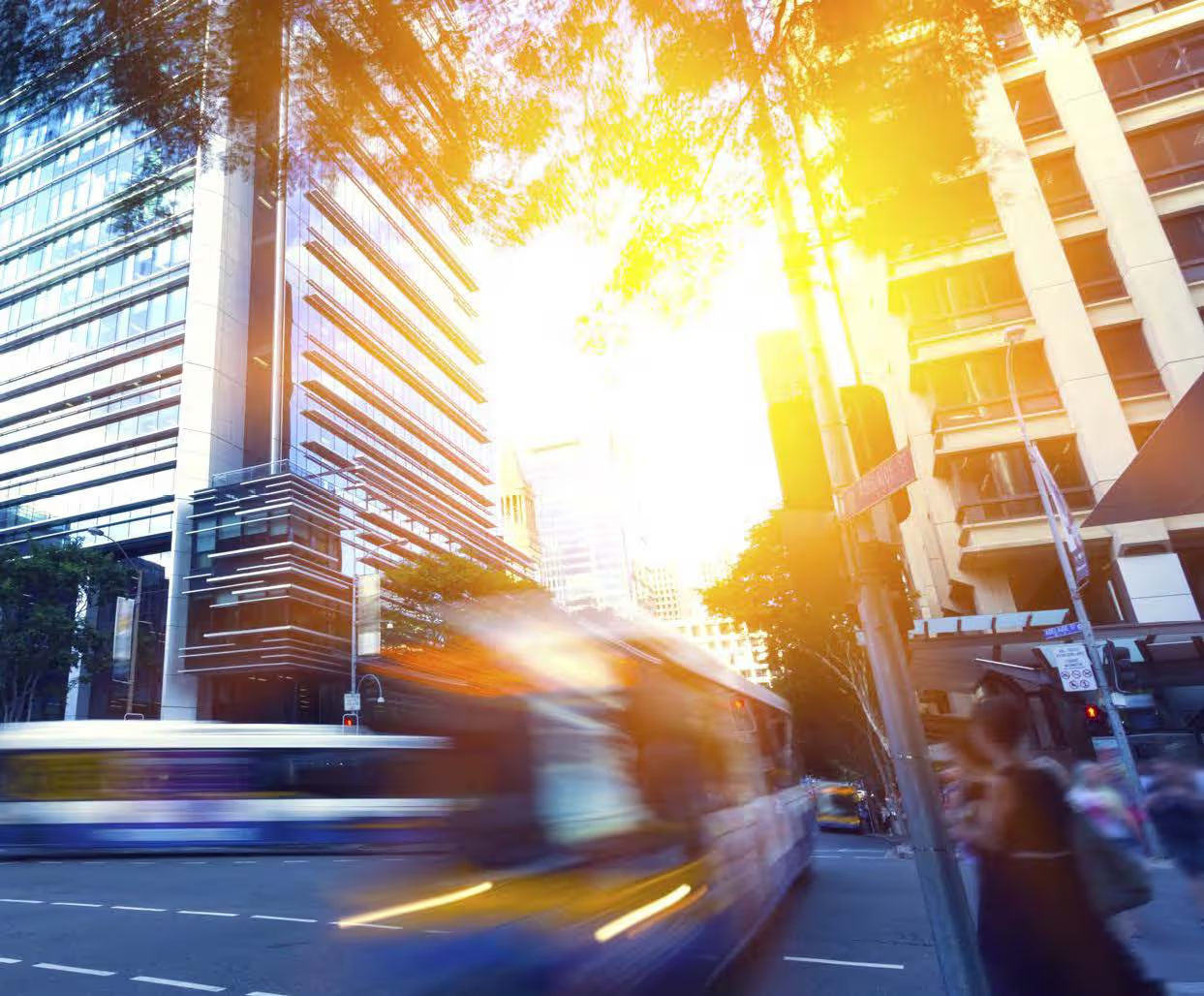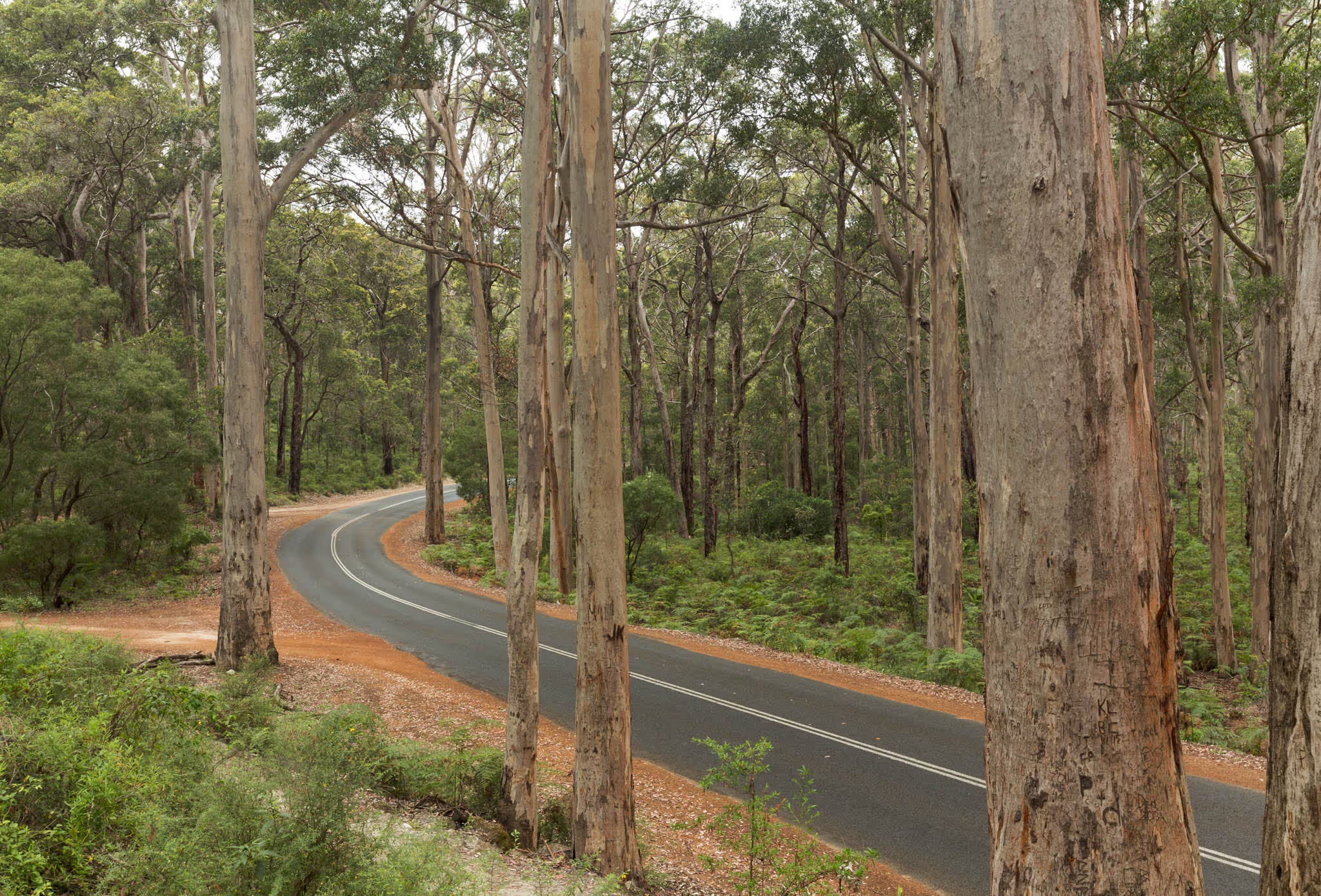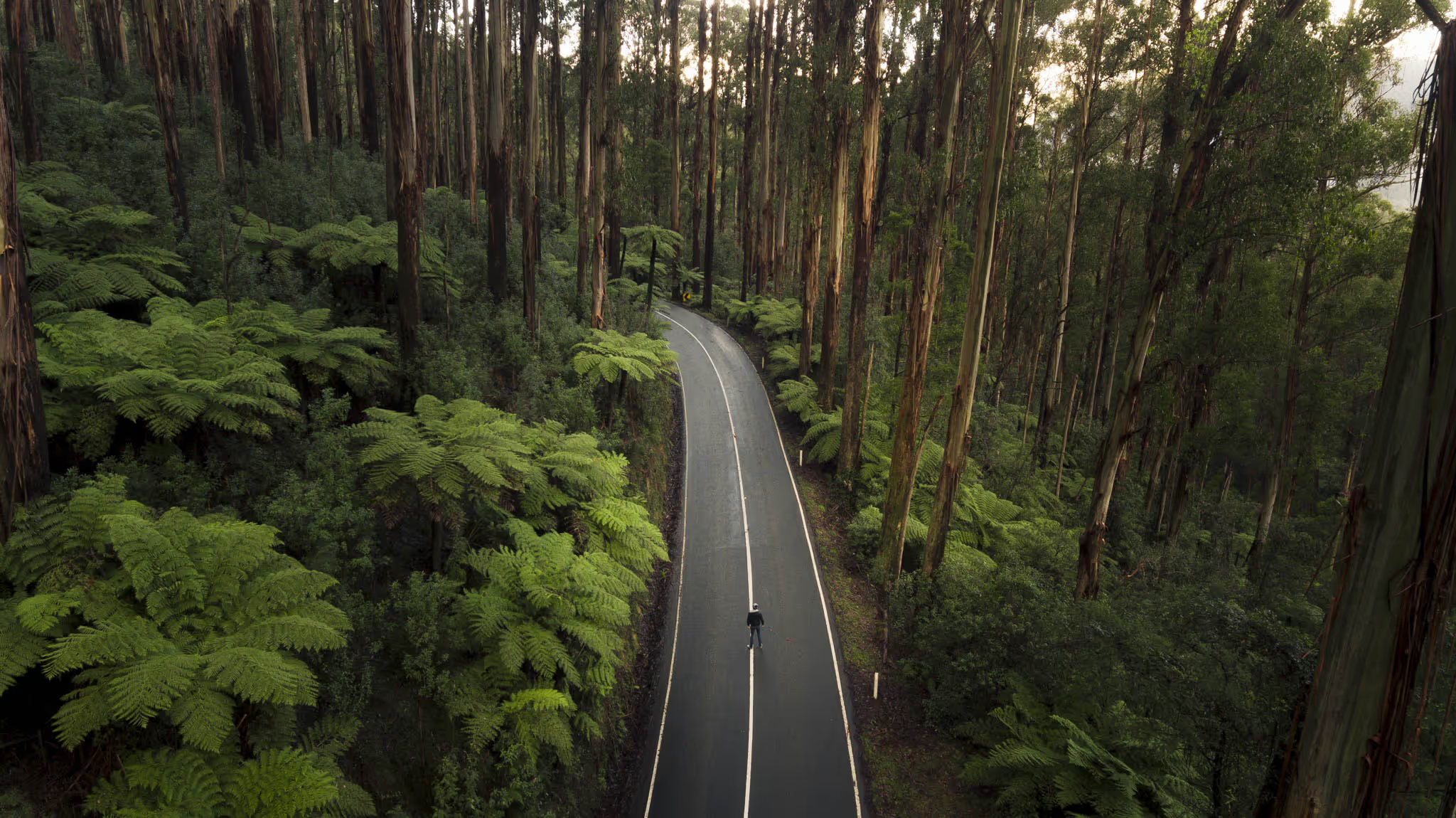The transportation field has many touchpoints across a range of disciplines, many of which are interdependent. The gaps in our knowledge needed to optimise our transport system are many fold. The speed with which the context in which transport is needed can vary too – e.g. a global pandemic - creating different gaps, and sometimes rendering existing knowledge gaps moot.
All of this makes allocation of resources to closing knowledge gaps a difficult and dynamic process. In 2018, ARRB published a National Transport Research Plan (NTRP), outlining suggested knowledge gaps. A founding principle of that plan was that the priorities would change and needed annual review.
By 2019, it was time to check that those were still priorities, with a view to creating an updated NTRP in 2020. This was ultimately scuppered by the advent of the global pandemic, but not before ARRB had done some preliminary work on identifying the industry’s view of priorities.
Method
From a scan of industry writing and discussions with colleagues a list of 25 potential priorities were identified with a view to conducting a rating style survey. Upon the advice of professionals who design such surveys, the 25 priorities were reduced to 12. All 25 gaps are listed at the end of this paper; the first 12 are those that were selected for the survey.
A poll was conducted amongst professionals who all had an interest in improvement of transport outcomes through research. 40 responses in total were received, and beyond the above qualification – having an interest in the area – biases in the sample were not evaluated. The intention was to test the level of support for the selected gaps being regarded as important, before a broader engagement program.
To help those being polled, we defined ‘knowledge gap’ as below:
A knowledge gap is the absence of a piece of knowledge and related implementable research outcomes which is significantly impairing* the ability to achieve necessary connectivity outcomes.**
* Significantly impairing - requiring the use of assumptions and work arounds that cannot be tested or validated, and for which there are no known, better alternatives
** Necessary connectivity outcomes - outcomes of a scale, impact and importance that the public, and or responsible agencies are vociferous about when not delivered or demonstrably care about
Such a gap is of a scale that cannot be solved in a single, limited or short-term enquiry, requiring instead a set of related enquiries or programs (work packages) each delivering a contribution to closing the gap. It is also of a nature that includes the necessity of not only finding knowledge but ensuring that implementable outcomes are developed and implemented.
Results
Using just the ‘highest priority’ vote from each respondent, the following six emerged as the highest priorities:
Factor
(see table of statements for full description of knowledge gap) |
% of respondents
rating this as one of the highest priorities |
Environmental Performance requirements & measurement | 48% |
Improving quality and durability of infrastructure | 46% |
Recycled materials in pavements and road & rail infrastructure | 38% |
Non-construction capacity enhancements for passenger rail | 36% |
Safe System requirements for active travel | 35% |
Societal performance requirements for a current & CASE (connected, autonomous, shared and electrified) future | 15% |
A further analysis was done assessing those factors which were rated either one of the highest priorities or important. The results are shown below:
Factor
(see table of statements for full description of knowledge gap) |
% of respondents
rating this as one of the highest priorities or important |
Safe System requirements for active travel | 78% |
Non-construction capacity enhancements for on-road mass-transit operations | 78% |
Environmental Performance requirements & measurement | 74% |
Societal performance requirements for a current & CASE future | 74% |
Non-construction capacity enhancements for passenger rail | 72% |
Inter-modal infrastructure for a CASE future | 72% |
Conclusions
Items on both lists are those with both a broadly perceived importance, as well as having a significant core of support as being of the highest importance. Those appearing on both lists were:
- Environmental Performance requirements & measurement
- Non-construction capacity enhancements for passenger rail
- Safe System requirements for active travel
Societal performance requirements for a current & CASE future
Items on the first list but not the second derive much of their support from those who regard them as being of the highest priority, but not having much recognition beyond those supporters. Items in this category are
- Needing to improve the durability of infrastructure and
- The need to use recycled materials in infrastructure.
Items on the second list but not the first are those with a low recognition as a high priority, but a very strong recognition as being important. Items falling into this category were
- Non-construction enhancement of on-road mass transit capacity, and
- The need for better intermodal infrastructure in a connected, autonomous, shared and electrified future.
Your Views
As stated, the above reflects a preliminary study in late 2019 as to knowledge gap priorities. In order to help is update this work and complete it with broad input, we’d like your views on the following:
- Were there any gaps on the list of 25 which you would have included in the ‘shortlist’ of 12 that were not so included?
- If so, which shortlisted items would you have dropped off the list of 12 to accommodate it?
- How does your rating of the shortlisted 12 gaps line up with those presented?
What important items were left off the list of 25?
Send the author a message with your suggestions, or leave your contact details for a follow-up conversation.
25 Priority Research Gaps Identified In Late 2019
- Transitioning surface transport to a Connected, Autonomous, Shared, Electrified (CASE) future. We know what the current situation is, we can envision the future, but what are the barriers to transition in the midst of a function transportation system?
- Inter-modal infrastructure for a CASE future. As the number of modes increases so too do the combinations of operations and modal interchanges for both passengers and freight; the challenge is to avoid duplication and avoid creating unsafe and inefficient operations. How?
- Societal performance requirements for a current & CASE future. To enable society-centric systems we must understand and take cognisance of societal requirements of our transportation systems. What are these requirements and how should they be measured/tracked?
- Environmental Performance requirements & measurement. To enable transport systems that progressively reduce their negative impact on the environment, we must take cognisance of both positive and negative impacts; what are they and how do we measure/ track them?
- Framing and enabling safe, agile adoption of new modes and micro-modes. The private sector is quick to develop new modes and micro-modes to help mobility (and provide a profit). How these should be evaluated prior to adoption/ approval to ensure safe implementation without undue delay is uncertain and a bone of contention.
- Understanding, planning for and enabling the modern ‘commuter trip’ and micro-freight. The language used in the profession still harkens back to the days when a commuter trip meant to- work-and-back (8:30 to 5:00) and freight did not include micro-freight and supermarket deliveries. A system reset requires a mindset reset.
- Safe System requirements for active travel Active travel – walking, cycling, running – is an environmentally friendly mode (for travellers and micro-freight) which is hampered to a great extent by safety perceptions, including inter-modal conflicts. How can safe system principles overcome this?
- Non-construction capacity enhancements for passenger rail. Australia’s rail network represents significant asset, which operates sub-optimally. “Building more capacity” is an expensive and slow means of improving service levels. What can be done from a control and operational perspective to improve suburban rail performance, particularly?
- Non-construction capacity enhancements for on-road mass-transit operations. The majority of public transport trips take place in on-road modes. Building more road space to improve public transport is not a sustainable or feasible response. What can be done from an operations/ priority/rollingstock perspective to increase capacity
- Defining/Measuring capacity and usage of new modes, active transport. As new modes and micro-modes make their appearance, how can we estimate, predict and track the capacity they offer, and the extent to which that capacity is used?
- Recycled materials in pavements and road & rail infrastructure. Asphalt has been recycled for 40 years. Recycled crushed glass and crumbed rubber have been successfully used in road infrastructure. What other opportunities exist, what are the limits of their application and the barriers to their use?
- Improving quality and durability of infrastructure Construction quality determines future performance and cost of infrastructure. Increasingly, evidence of poor construction is emerging – not restricted to road infrastructure. How can we simply ensure that infrastructure is built the way it is supposed to be built?
- Economic performance measures and requirements. A CASE future comprises in part a reset of the economy. What are the new or emerging economic performance benchmarks, and how do we measure and track them?
- Worker-free road and rail reserves. Maintenance workers, construction workers, first responders and law enforcement all have the road reserve as their workplace from time to time. As a workplace, what can we do better to ensure the safety of these workers?
- Value Capture and other financing innovations for a CASE Transport future. If a case future represents a reset of society and the economy, what opportunities exist to reset the economics and finances of transportation?
- Other roles for road surfaces; roads as multi-function devices. Road surfaces are dumb acreage, existing as a flattish, hard surface upon which to travel. As an industry, we can improve the RoI that infrastructure provides through increasing the number of functions it performs; what are those functions?
- CASE opportunities for Travel demand management. The best trip for congestion is one not made; in a CASE future what opportunities exist to create more of these ‘perfect’ trips?
- Closing the city vs everywhere else connectivity divide. Australians have an as-of-right access to publicly own transport systems. Sometimes, those systems for some Australians are non-existent (‘the wet’) or so poor that they impact on quality of life (outer suburbs). What options exist for closing the divide?
- Transitioning to Mode-agnostic mobility/ Mobility as a service. What are the barriers and appropriate countermeasures that will allow commuters/ passengers/freight companies to embrace the most efficient means of moving, regardless of the modes involved?
- Understanding changes in decision-making regarding modal attractiveness. Transport systems and modes must fulfil user needs – be they students or freight companies. System success is therefore predicated on understanding these needs, how and why they change and whether or not changes are predictable.
- Configurable fit-for-purpose road spaces Infrastructure has typically had long design lives, locking the configuration of valuable road space in place, potentially beyond the point of usefulness. What can be done to make the road space and its configuration more adaptable and fit-for-best-use over its lifetime?
- Exploiting unutilised infrastructure capacity Demand for infrastructure capacity is not constant. What opportunities exist, and what are the barriers to be overcome, in exploiting capacity which is not currently in use?
- Disruption-free maintenance for road and rail infrastructure. Infrastructure needs maintenance to maintain safety and levels of service. Such maintenance disrupts its ability to provide that service. What materials, construction and monitoring technologies exist to minimise or eradicate the need for hugely disruptive maintenance operations?
- SEE (Societal, Environmental, Economic) management of infrastructure. Since the 1960s and 70s, infrastructure has been maintained on the basis of economics; minimising whole-of life costs, total transport costs etc. How can dollars compete with the non-negotiables of safety and sustainability in our reckoning?
- Self-reporting/diagnosing infrastructure. Just-in-time intervention is a means of optimising expenditure. What technologies exist to help bring this about through having infrastructure report unexpected levels of stress, strain, load etc?




